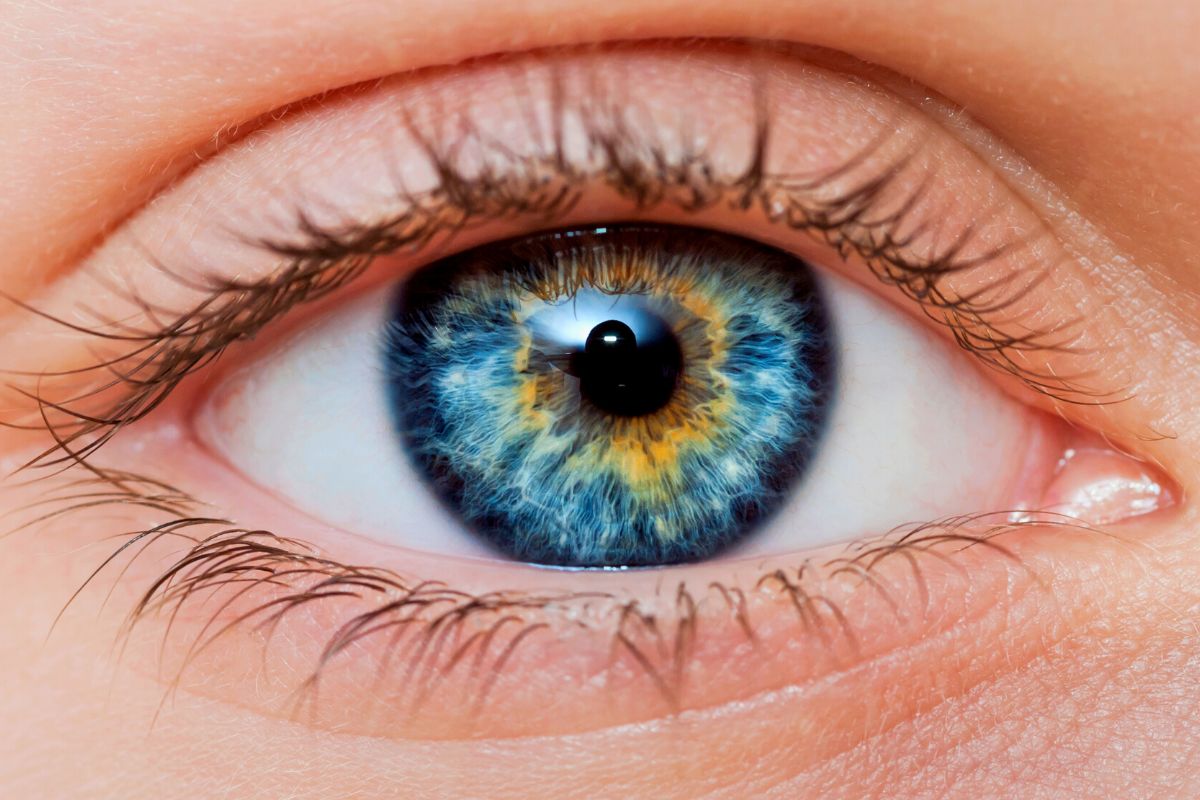Glaucoma is a type of medical condition that affects the eyes. It can lead to irreversible loss of vision if not detected and treated early. There are several types of glaucoma, one of which is closed-angle glaucoma, also known as acute closed-angle glaucoma or narrow-angle glaucoma. It is considered a medical emergency because it can cause sudden and severe vision loss if not treated promptly. In this article, we will be looking into the symptoms and causes of closed-angle glaucoma and when to seek medical attention.
What is Closed Angle Glaucoma?
Closed angle glaucoma is a type of glaucoma that occurs when the drainage angle between the cornea and the iris becomes blocked. This blockage can cause a sudden increase in intraocular pressure (IOP), resulting in damage to the optic nerve and causing vision loss. Secondary closed-angle glaucoma is a type of glaucoma that occurs as a result of an underlying condition or injury to the eye.
What Causes Acute Closed Angle Glaucoma?
The causes of primary closed angle glaucoma are not fully understood, but some risk factors that can contribute to this condition include being over the age of 60, being of Asian or Inuit descent, having a family history of glaucoma, having a small or shallow anterior chamber in the eye, and being farsighted. Furthermore, some of the conditions that can cause secondary closed-angle glaucoma include:
- Inflammation: Inflammatory conditions of the eye, such as uveitis or iritis, can cause the drainage angle to become blocked.
- Trauma: Injuries to the eye, such as blunt trauma or penetrating injury, can cause the drainage angle to become blocked.
- Tumors: Tumours in the eye, such as a ciliary body melanoma or a choroidal metastasis, can cause the drainage angle to become blocked.
- Medications: Certain medications, such as antihistamines, antidepressants, and decongestants, can cause the pupil to dilate, which can lead to angle closure in people who are predisposed to this condition.
- Pseudoexfoliation syndrome: This is a condition in which flakes of material build up in the eye, including the drainage angle, which can cause the angle to become blocked.
What are the Symptoms of Acute Closed Angle Glaucoma?
The symptoms of acute closed-angle glaucoma can vary depending on the severity of the condition. In some cases, symptoms won’t be there at all, and the condition may only be detected during a routine eye exam. However, in acute cases of closed-angle glaucoma, the following symptoms may occur.
- Severe eye pain: Acute closed-angle glaucoma can cause intense pain in the affected eye. The pain is often described as a deep ache or a sharp stabbing sensation.
- Redness in the eye: The affected eye may appear red or bloodshot.
- Blurred vision: Closed-angle glaucoma can cause blurred vision, which can be temporary or permanent, depending on the severity of the condition.
- Halos around lights: Some people with closed-angle glaucoma may see halos or rainbows around lights.
- Nausea and vomiting: Acute closed-angle glaucoma can cause nausea and vomiting in some cases.
- Headache: Some people with closed-angle glaucoma may experience a headache, which is usually located around the eye.
In addition to the symptoms mentioned above, there are other signs that may indicate the presence of acute closed-angle glaucoma. For example, people with this condition may notice a sudden increase in pressure inside the eye, which can cause the eye to feel hard to the touch. They may also experience a loss of peripheral vision, making it difficult to see objects on either side of the visual field.
When Should You Seek Medical Attention?
If you have any of the above mentioned symptoms, it is vital that you seek medical attention immediately. Acute closed-angle glaucoma requires immediate treatment to prevent permanent vision loss within hours or days. You can visit your primary care doctor, an eye doctor, or an emergency room. An eye doctor is the best choice for the evaluation and treatment of acute angle-closure glaucoma.
What are the Surgery Options for Closed Angle Glaucoma?
Here are some of the most common surgical options for glaucoma:
Trabeculectomy
Trabeculectomy is a commonly performed surgery for glaucoma. During this surgery, a small flap is made in the white part of the eye, allowing excess fluid to drain out and lower eye pressure. A small bubble may also be placed under the conjunctiva to help regulate the flow of fluid.
Glaucoma Drainage Implants
Glaucoma drainage implants are small devices that are surgically implanted into the eye to help drain excess fluid and lower eye pressure. These devices are often used in cases where trabeculectomy has not been successful or is not a viable option.
Laser Trabeculoplasty
Laser trabeculoplasty is a non-invasive procedure that uses a laser to open up the drainage canals in the eye, allowing fluid to flow more freely and lower eye pressure. This procedure is often used as a first-line treatment for glaucoma and can be repeated multiple times if necessary.
Canaloplasty
Canaloplasty is a newer surgical option for glaucoma that involves using a small catheter to open up the natural drainage channels in the eye. A small amount of fluid is injected to help dilate the channels, and a suture is then placed to maintain the opening. This surgery can be performed with local anesthesia and has a low risk of complications.
Microinvasive Glaucoma Surgery (MIGS)
Microinvasive glaucoma surgery (MIGS) is a newer kind of surgery that is not very invasive like traditional surgeries. MIGS procedures involve inserting tiny devices into the eye to help regulate the flow of fluid and lower eye pressure. These procedures are often performed on an outpatient basis and have a low risk of complications.
The choice of surgery will depend on the individual patient’s needs and the severity of the condition. Patients should discuss their options with their eye doctor to determine the best course of treatment.
FAQs
- What are the symptoms of acute closed-angle glaucoma?
Symptoms of acute closed-angle glaucoma include sudden onset of severe eye pain, blurred vision, seeing halos around lights, redness in the eye, nausea, and vomiting. In case you have these symptoms, please reach out to a doctor.
- What causes acute closed-angle glaucoma?
Acute closed-angle glaucoma occurs when the drainage angle in the eye becomes blocked, causing a sudden increase in intraocular pressure. The blockage can be caused by a variety of factors including age, certain medications, eye trauma, and anatomical variations in the eye.
- Who is at risk for acute closed-angle glaucoma?
People over the age of 60, those with a family history of glaucoma, individuals of Asian or Inuit descent, and those with certain medical conditions such as hyperopia (farsightedness) are at increased risk for developing acute closed-angle glaucoma.
In conclusion, acute angle-closure glaucoma is a serious condition that requires immediate attention to prevent vision loss. It is important to remember that early diagnosis and treatment can help prevent vision loss and preserve your eye health. Remember, taking care of your eyes should always be a top priority, and seeking medical attention when you need it can make all the difference. So, stay aware, take action, and protect your eyesight for a healthy and happy life ahead. Dr. Agarwal Eye Hospital is a renowned organization that offers advanced surgical procedures and excellent customer service. Opting for their services guarantees the best treatment. Check out their website today to learn more about their offerings!












